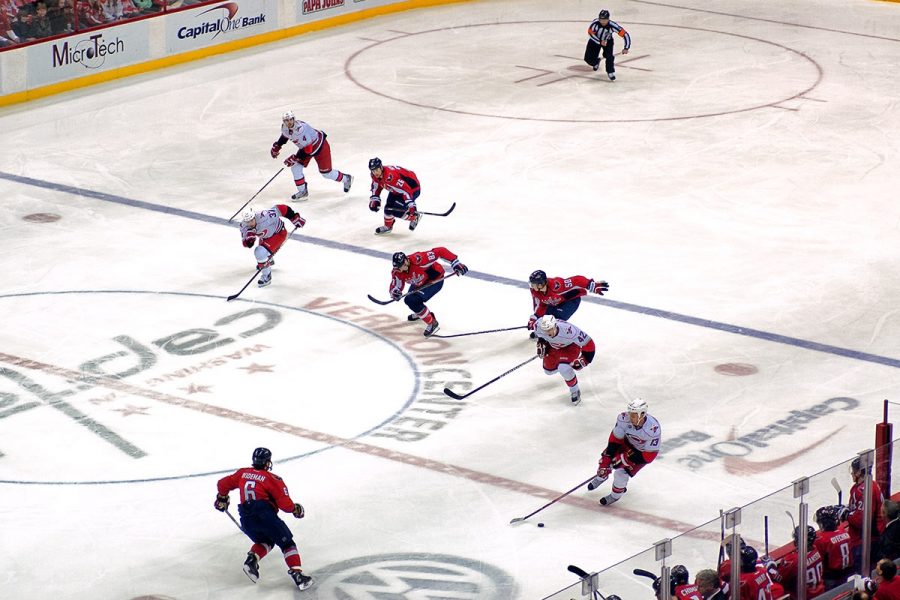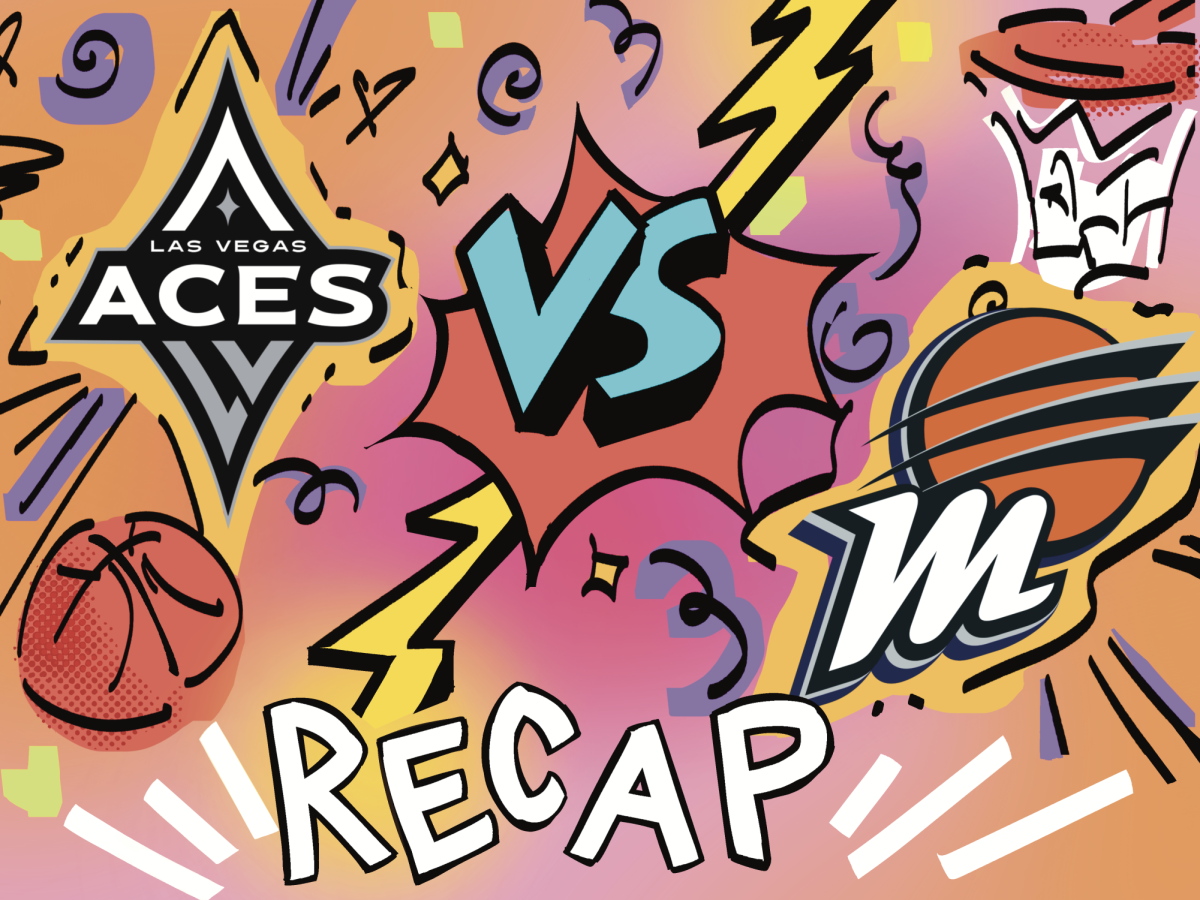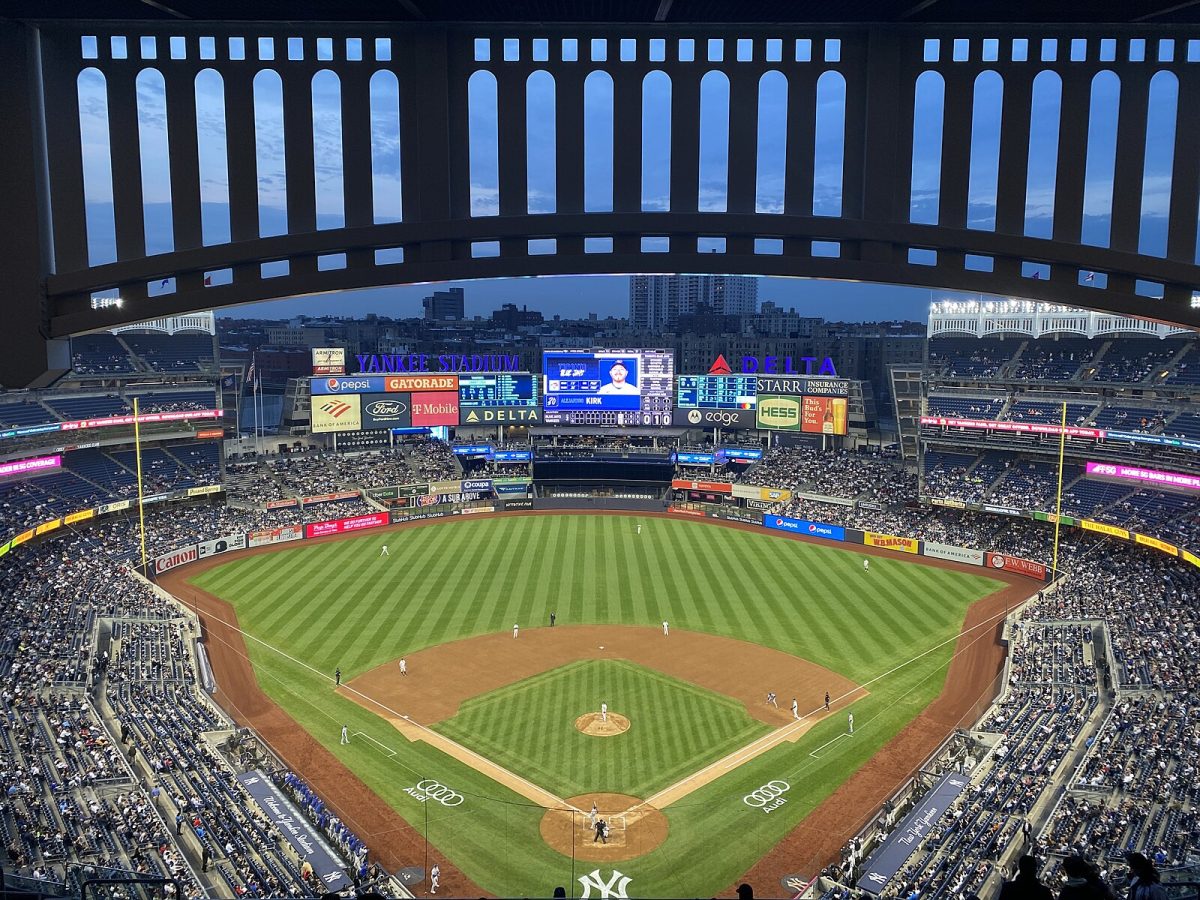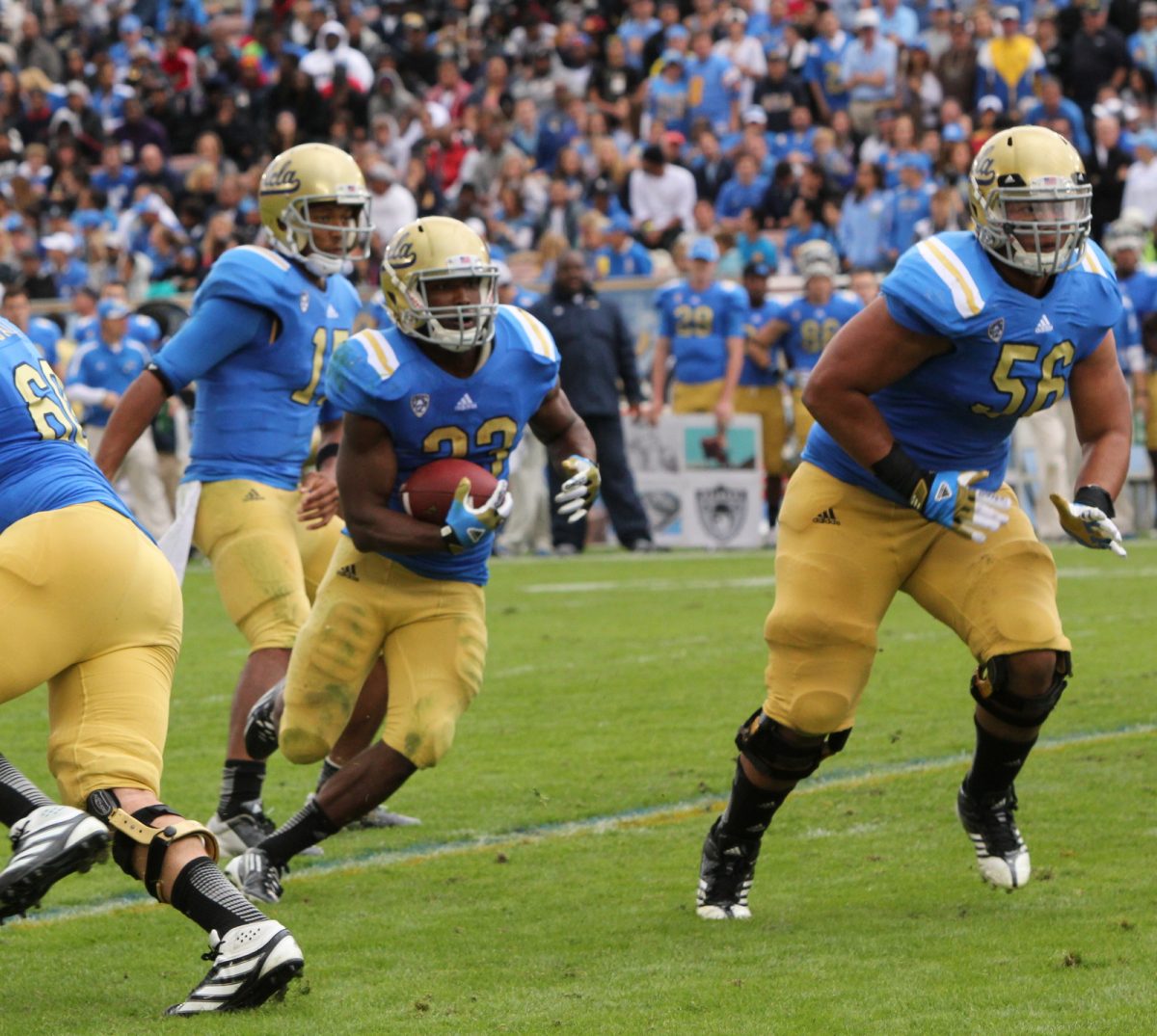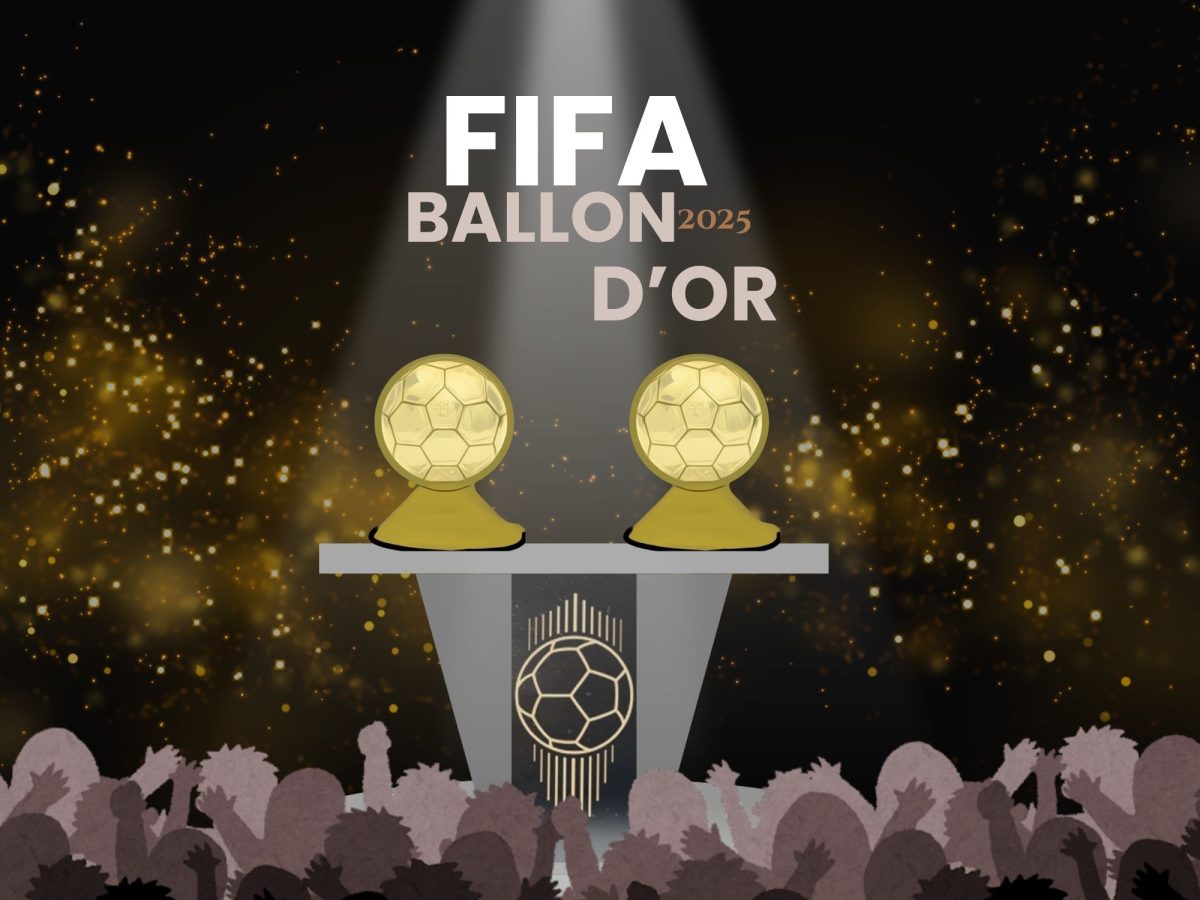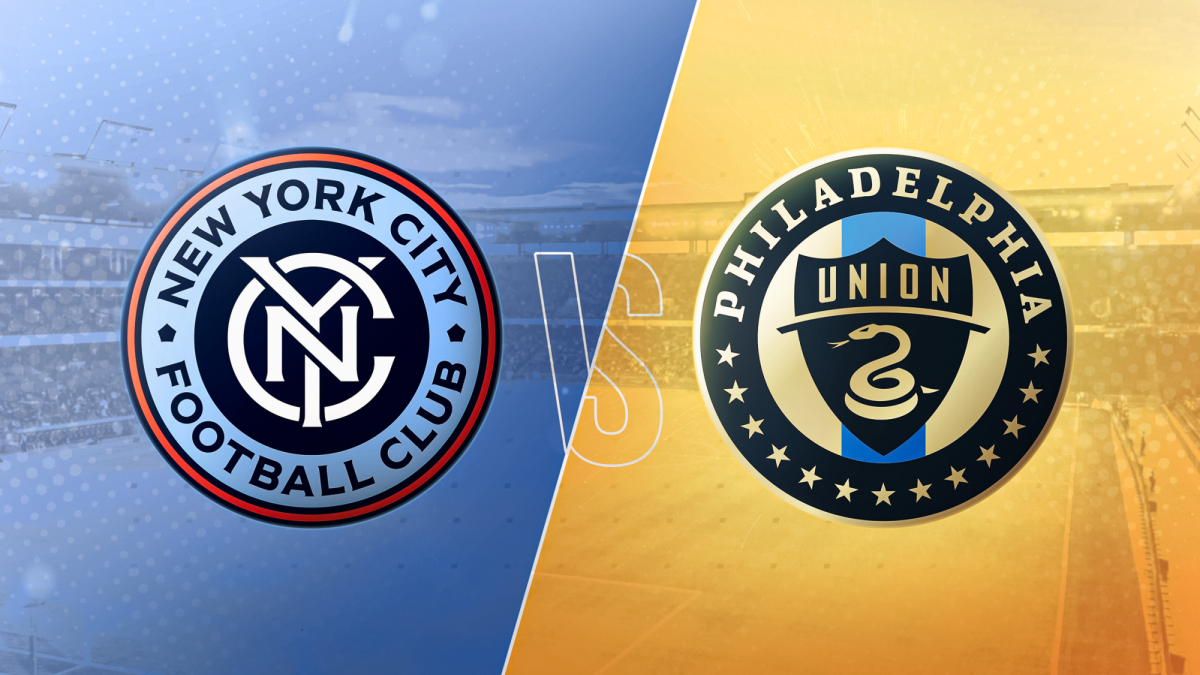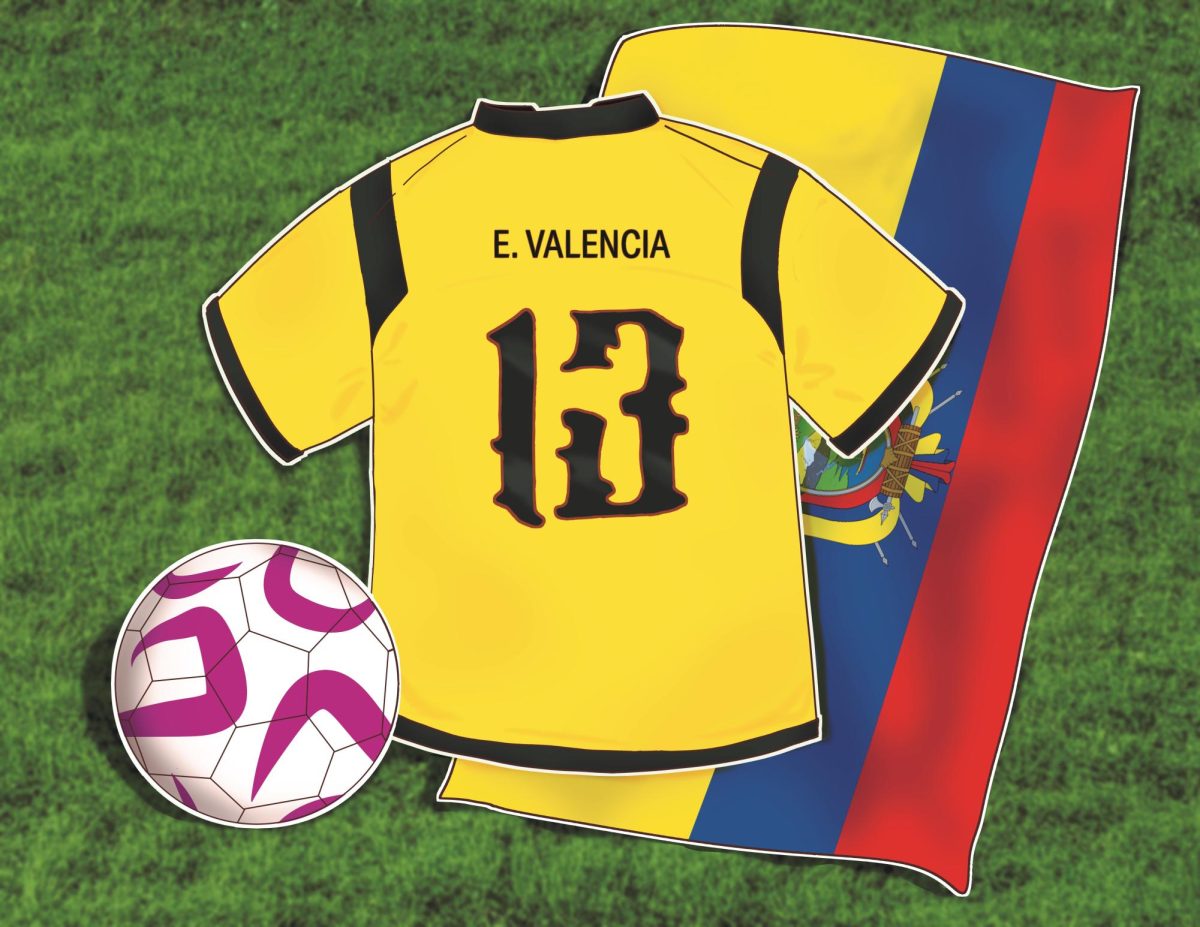Putting together the hundreds of moving pieces to successfully assemble a quality hockey team is so difficult that the average shelf life of an NHL general manager is only four years.
As the game constantly changes in terms of both on-ice strategy and front office philosophy, it only gets more challenging. The New York Rangers are perceived to be heading in the right direction.
This year’s edition of the Stanley Cup playoffs is living, breathing proof that it is the best tournament in all of sports.
All four of the division winners were knocked out in the first round, including the defending Stanley Cup champion Washington Capitals and the best team in the history of the salary cap era, the Tampa Bay Lightning.
If anything else, the gap between the best and the rest is the most narrow in hockey when the postseason comes around. Anything can happen during the course of seven games stretched out over two weeks.
There aren’t a whole lot of teams still running a strategy around grinding the other team into a pulp anymore.
The name of the game is speed and skill. This leads the NHL to trend away from size and towards more elusive players that can weave through cluttered ice into open space.
At some point, every team’s window of contention eventually closes, but it just takes some longer than others to realize it.
This is where the Rangers come into play. The team’s executives realized that the window closed two years too late and tried to stave off the inevitable to the overall detriment of the organization. Looking around just the Eastern Conference, it is clear that the new NHL is here, evidenced by what is required of good teams.
The Carolina Hurricanes: the NHL’s newest model team
Forever the darlings of the analytics community, the Hurricanes made the postseason for the first time since 2009.
After they won the Stanley Cup way back in 2005, the organization was forced into a shotgun wedding with goaltender Cam Ward based on an improbable playoff run. It held the team back for the longest time. But now, the Hurricanes are a model of how to build through the draft and capitalize on perceived value in trades.
Carolina boasts one of the game’s great young dynamic players in Finnish forward Sebastian Aho. The 21-year-old posted an 81-point season this past year and led the team in scoring, yet was still snubbed from the All-Star Game.
While the goaltending play of Petr Mrázek is always one shot away from careening off into an abyss, he held his own in round one against the Capitals. More importantly, it is proof that a team does not need to pay a premium price for a goaltender to contend for a Stanley Cup.
All it takes is a team playing well in front of the netminder for an average goalie to hang in.
The other main factor in Carolina’s success is the well-rounded blue line. Going through all six defensemen, the Hurricanes do not have a single flawed player.
While there is a clear pecking order, all of the blueliners are good enough that they can be counted on down the stretch in games. Even more notably, the most expensive player, Dougie Hamilton, only makes $5.75 million per season.
The “bunch of jerks” from Raleigh, North Carolina, are likely headed to the Eastern Conference Finals for the first time since 2009. The Hurricanes are the model of where the NHL is going in the future: a young team designed to create as many scoring chances as possible, even though they do not look like a traditional hockey team.
At a quick glance, the Hurricanes are the type of team that the analytics community has pointed to for years as a cost-effective means to contend. While the group lacks a true superstar, former second-round pick Aho has bloomed into an elite player who produces enough to carry the top line.
In addition, Carolina built a pretty good contender while being $16 million under the salary cap.
This is the model for all teams looking to build through the draft, acquire assets over a several year period and have them all on below market value contracts to improve the overall quality of the roster.
Throw in the Hurricanes rolling with a goalie tandem that’s paid under $3 million and they have the model for an NHL team going forward: A cheap team built to drive offensive possession and create scoring chances is a replicable model that other organizations can copy.
The New York Islanders: winning with a change in philosophy
It pains the collective consciousness of those who associate with the Rangers franchise, but every dog has its day. This very well could be that day for the perpetual mutts from Nassau County or Brooklyn depending on what day of the week it is. The New York Islanders are in contention for capturing a Stanley Cup and have looked nothing short of dominant thus far into the playoffs.
While the team’s plan for success is less obvious than the Hurricanes’, the dramatic change over the course of the last year that new head coach Barry Trotz pulled off is nothing short of miraculous. For the first time in NHL history, a team went from worst in goals against to best and these Islanders are very much for real.
For all of the good things that the Hurricanes’ advanced statistics show and bad things that the Islanders do, there is a reason they play the games. This may be the Islanders’ one chance to win with this group before a dramatic roster change. The players may change, but Trotz’s system will endure.
Conceding lots of low danger scoring chances and being tight around the net front is a replicable style that can work for even the most average of NHL talent.
The Pittsburgh Penguins and Washington Capitals: victimized by old habits. While both the Penguins and Capitals have won the last three Stanley Cups, their pair of first-round exits is a sign for where the sport is going.
Even though the Capitals were able to drag things out with the Hurricanes and get to a game seven, their clunky, grind-it-out style is not well-suited for an opposition that likes to cycle the puck.
Even worse than Washington is the situation developing in Western Pennsylvania. Thus far, it is fair to categorize the Penguins as the team of the century, as the organization won three Stanley Cups, two of them back-to-back, and made the finals four times.
However, with all of the perks that come with a player like Sidney Crosby, there are also drawbacks. As long as the Nova Scotia native is wearing the black and gold, the team is expected to compete for a championship. Yet, the support system around Crosby simply is not there.
When the Penguins won two consecutive Stanley Cups, it was through collective team speed throughout the lineup.
But, for some inexplicable reason, it opted for size instead of speed to make a run this year. While the logic may have made sense, assuming a matchup with the Capitals, it proved too tailored for one opponent.
The Rangers are at a key point in the organization’s direction going forward. Using this changing of the guard as a model, New York can have a better idea of what it takes to win in today’s NHL.


